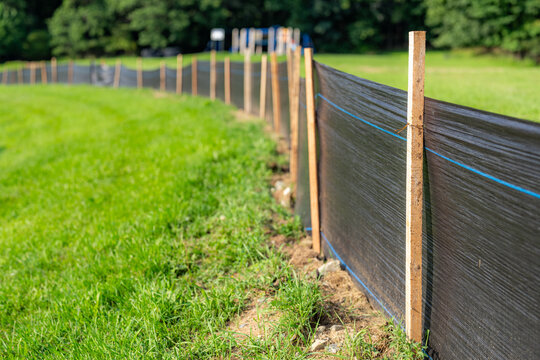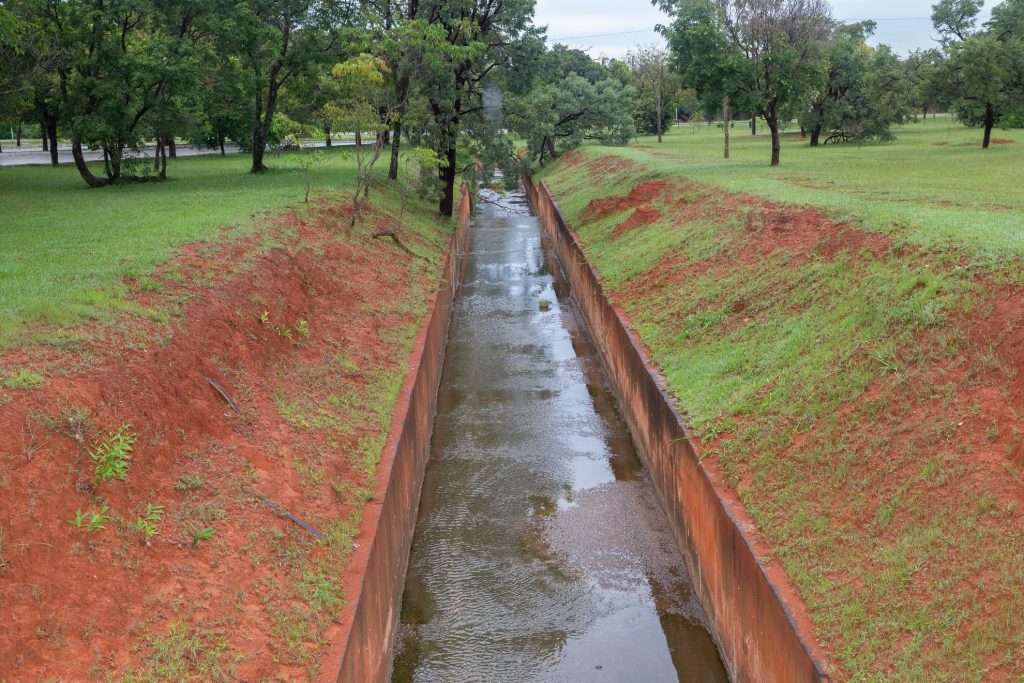5 Common Erosion Control Mistakes and How to Avoid Them
Erosion control is crucial to maintaining land integrity, protecting waterways, and preserving natural habitats. However, implementing effective erosion control strategies isn’t always straightforward. Many property owners and project managers unknowingly make common mistakes that can lead to severe consequences, including environmental damage, regulatory fines, and costly remediation efforts. By understanding these common pitfalls, you can ensure your erosion control measures are both effective and environmentally compliant.
In this blog, we’ll explore five common erosion control mistakes, offer practical solutions on how to avoid them, and provide expert tips for safeguarding your property and environment.
Mistake #1: Ignoring Site Assessment and Planning
One of the most significant mistakes made in erosion control is neglecting thorough site assessment and comprehensive planning. Each location has its unique challenges, soil types, water flow patterns, and vegetative needs. Skipping this critical step often leads to inappropriate erosion control measures that are ineffective and costly to correct.
How to Avoid It:
Always begin with a detailed site assessment that evaluates soil characteristics, slopes, existing vegetation, rainfall patterns, and water drainage paths. Based on these assessments, create a detailed erosion control plan tailored specifically to your site’s needs. Engage a soil and erosion expert if necessary to ensure your strategy is both robust and site-specific.
Mistake #2: Improper Installation of Silt Fences and Barriers
Silt fences and sediment barriers are common erosion control tools intended to temporarily control sediment runoff. Unfortunately, improper installation is one of the leading causes of their failure. Issues often arise from incorrect placement, inadequate anchoring, or poor maintenance practices.

How to Avoid It:
To properly install a silt fence or barrier, first, place it along contours rather than across slopes. Make sure the fabric of the fence is securely anchored by burying its lower edge at least 6-8 inches below ground level. Regularly inspect and maintain barriers, promptly repairing any damage or breaches to maintain their effectiveness.
Additionally, train your team on proper installation procedures. Investing in training and quality control measures significantly enhances your erosion control effectiveness, minimizing risks associated with improper installation.
For detailed insights into effective sediment management strategies, consider exploring this resource by the International Hydropower Association.
Mistake #3: Neglecting Vegetation and Soil Stabilization Techniques
Many project managers underestimate the power of vegetation in controlling erosion. Vegetation roots anchor the soil firmly, significantly reducing runoff velocity and promoting water infiltration. Ignoring vegetation as a critical erosion control measure leaves the soil vulnerable to heavy rainfall, wind erosion, and sediment runoff.

How to Avoid It:
Incorporate soil stabilization techniques like seeding, mulching, hydroseeding, or installing erosion control blankets. These methods help establish vegetation quickly, providing immediate and long-term protection for the soil surface. Choose native plants adapted to your local climate to ensure they thrive without extensive maintenance.
Want to dig deeper into hydroseeding and mulching techniques? Check out this helpful guide from Caltrans.
Additionally, schedule revegetation promptly after earthwork activities. Delaying planting efforts increases the window of vulnerability, escalating the risk of erosion damage.
Mistake #4: Poor Management of Water Runoff
Ineffective water runoff management can quickly escalate erosion problems, particularly during heavy rainfall. Poor planning or inadequate drainage solutions exacerbate erosion risks, negatively impacting both property and surrounding ecosystems.

How to Avoid It:
Develop comprehensive stormwater management strategies. Create effective drainage pathways, such as swales, ditches, or channels, specifically designed to slow runoff velocity and allow sediment deposition. Installing diversion berms or sediment basins effectively reduces the volume and speed of runoff.
Regularly inspect drainage solutions for blockages or sediment accumulation, conducting maintenance whenever needed. Consider consulting professionals to design more complex drainage solutions, ensuring they align with environmental regulations and effectively protect your property.
Mistake #5: Failing to Conduct Regular Inspections and Maintenance
Regular inspections and timely maintenance are integral components of effective erosion control strategies. Unfortunately, many property owners underestimate their importance, leading to minor issues escalating into significant erosion problems.
How to Avoid It:
Implement a regular inspection and maintenance schedule. Conduct weekly inspections during active construction or after significant weather events to identify issues early. Pay close attention to areas where runoff concentrates, barriers exist, or vegetation struggles to establish.
Promptly address identified issues, such as damaged barriers, bare soil patches, or blocked drainage systems. Keeping detailed inspection and maintenance records can help demonstrate compliance with local environmental regulations, saving you potential fines and legal complications.
Why Professional Assistance is Beneficial
Engaging erosion control professionals like Ashbury Construction provides significant advantages. Professionals bring extensive expertise, technical proficiency, and industry-specific knowledge, ensuring your erosion control efforts comply fully with regulatory standards while being cost-effective.
Ashbury Construction specializes in tailored erosion control solutions, site preparation, and thorough site assessments. With a proactive approach, the experts at Ashbury Construction can prevent common erosion control mistakes, saving you valuable time, money, and potential liabilities. Leveraging their experience ensures your projects remain environmentally responsible, compliant, and sustainably managed.
Final Thoughts
Understanding and proactively avoiding these common erosion control mistakes is vital for maintaining the integrity of your property and protecting natural resources. Effective erosion control strategies demand thoughtful site assessment, accurate installation, strategic vegetation usage, efficient runoff management, and consistent inspection and maintenance practices.
For professional erosion control assistance that ensures compliance and effectiveness, consider partnering with experienced providers like Ashbury Construction. Their expertise guarantees that your erosion control efforts are comprehensive, environmentally sustainable, and economically viable.
Take the necessary steps today to avoid costly mistakes tomorrow—ensure your erosion control efforts align with industry best practices, protecting your investment and the environment alike.
Frequently Asked Questions
What is erosion control, and how important is it?
Erosion control involves strategies designed to prevent soil loss caused by water, wind, or human activities. It’s vital because erosion can lead to severe environmental problems, including water pollution, habitat destruction, and increased flooding risks. Effective erosion control protects natural resources, preserves property integrity, and ensures regulatory compliance.
Which erosion control methods work best for steep slopes?
For steep slopes, using erosion control blankets or mats in combination with vegetation is usually most effective. Additionally, terracing or creating stepped slopes can significantly reduce water runoff velocity and soil loss.
How long do erosion control measures typically last?
The longevity of erosion control measures varies significantly depending on the methods used, materials selected, and site conditions. Temporary solutions like silt fences might last for a season or two, while permanent solutions, such as vegetation or engineered structures, can effectively last decades if well-maintained.
Are there regulations around erosion control?
Yes, many local, state, and federal governments have regulations mandating erosion control measures, especially during construction or land disturbances. Failure to comply with these regulations can lead to significant fines, project delays, and remediation costs.
When should I consult an erosion control expert?
Many project managers underestimate the power of vegetation in controlling erosion. Vegetation roots anchor the soil firmly, significantly reducing runoff velocity and promoting water infiltration. Ignoring vegetation as a critical erosion control measure leaves the soil vulnerable to heavy rainfall, wind erosion, and sediment runoff.



